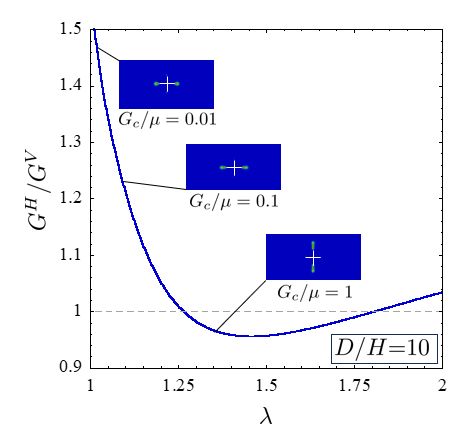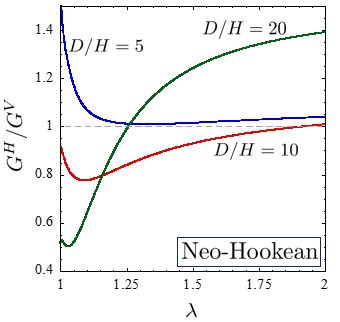https://sites.gatech.edu/adityakumar/
Based on the results of this paper and our previous work, cavitation, as observed experimentally in elastomers, is understood to be a fracture process!
[12/n]
Based on the results of this paper and our previous work, cavitation, as observed experimentally in elastomers, is understood to be a fracture process!
[12/n]
[11/n]
[11/n]
[10/n]


[10/n]
[9/n]

[9/n]
[8/n]
[8/n]
[7/n]

[7/n]
[6/n]
[6/n]
[5/n]
[5/n]
[4/n]

[4/n]
[3/n]

[3/n]
If the length of the rubber band becomes extremely small (such that it resembles a disk), two different modes of crack growth are observed.
[2/n]
If the length of the rubber band becomes extremely small (such that it resembles a disk), two different modes of crack growth are observed.
[2/n]
laurenkuehne.wordpress.com/2025/03/25/v...

laurenkuehne.wordpress.com/2025/03/25/v...

